How to Draw Backgrounds in Digital Art?
When drawing cartoons or illustrations, do you ever leave the background blank and start with drawing the characters first? Perhaps because you're not quite sure how to tackle the background yet.
Backgrounds can be anything, depending on the theme and setting of the illustration. However, this doesn't mean that drawing backgrounds is a simple task—it actually requires a lot of skill and composition techniques.
In this article, we delve into how to handle backgrounds in character drawings, offering practical insights and suggestions to help you better draw backgrounds in your digital art creations.

In this article, you will learn:
- 4 Approaches to Drawing Character Backgrounds
- How to Draw a Good Background in Digital Art?
- Experiment with Different Background Styles
- Conclusion
4 Approaches to Drawing Character Backgrounds
Many professional digital artists and illustrators already have an idea of how the background will be composed when designing characters, rather than figuring out the background after finishing the characters.
However, for beginner artists or those not yet proficient in drawing, creating complex scenes can be challenging at first.
The 4 approaches we're about to share for drawing backgrounds may be helpful to you.
1. Complement the Characters with Comic-Style Backgrounds
You might want to try a comic panel-style background drawing approach. This comic panel format is clearly more beginner-friendly than using a two-point or three-point perspective for backgrounds.
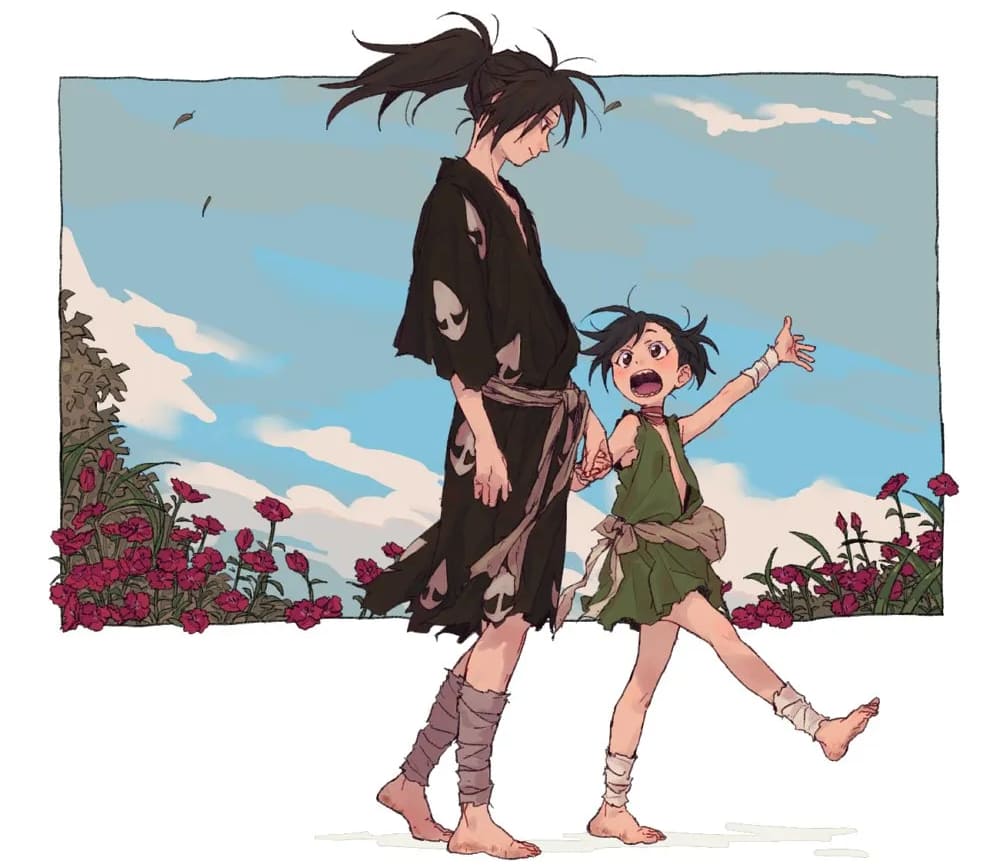
You can enrich the visual information in your artwork through backgrounds, depicting elements like time, location, and weather.
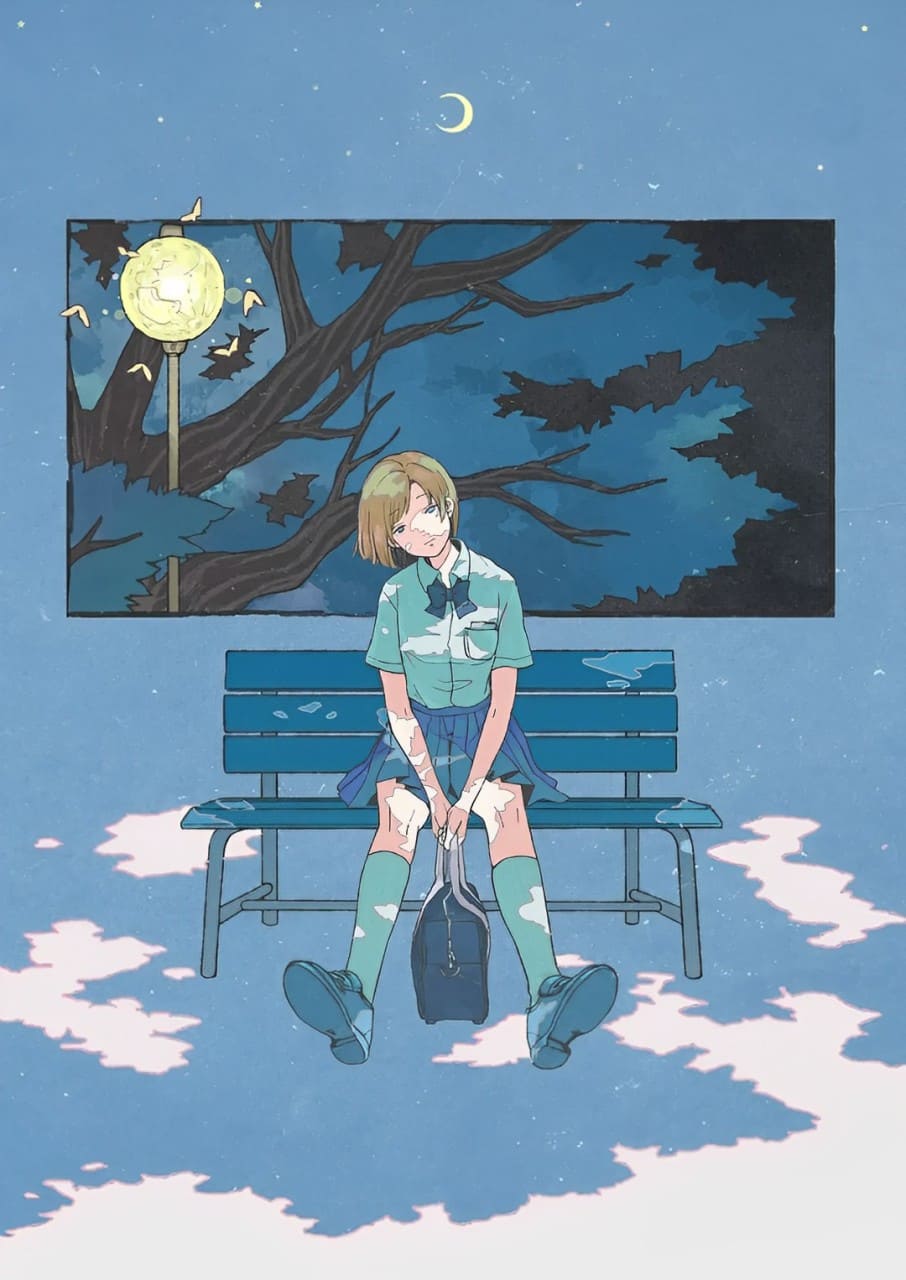
2. Enhance Characters with Thematic Elements
By preconceiving a theme, you can add props and thematic elements to the scene while drawing, using decorative elements to complement the characters.
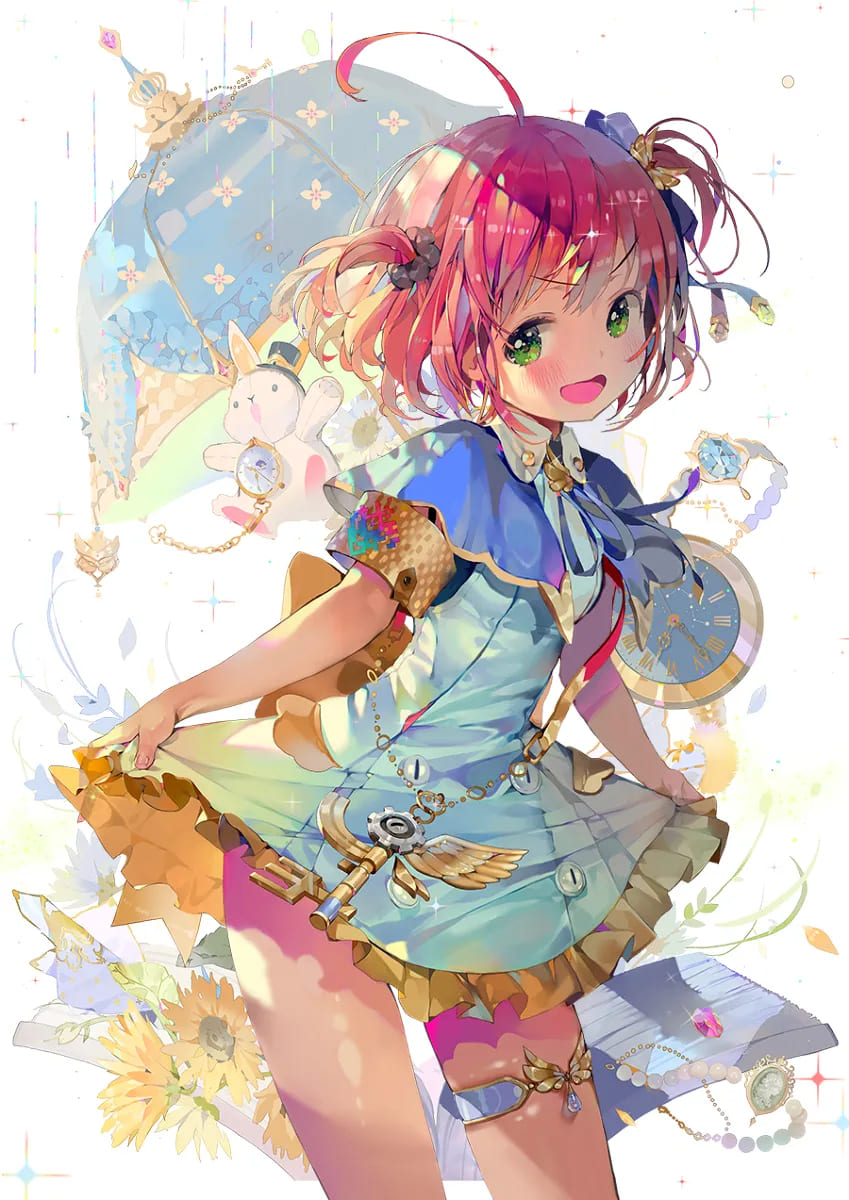
3. Craft Narrative Atmosphere with Repetitive Elements
To break the monotony of the background, consider incorporating numerous repeated elements like birds, butterflies, fish, flowers, bubbles, glass, or other items.
This technique can significantly enhance the visual impact of the artwork, but it's crucial to maintain visual balance across the composition. Ensure contrast in size and color when depicting the same elements.
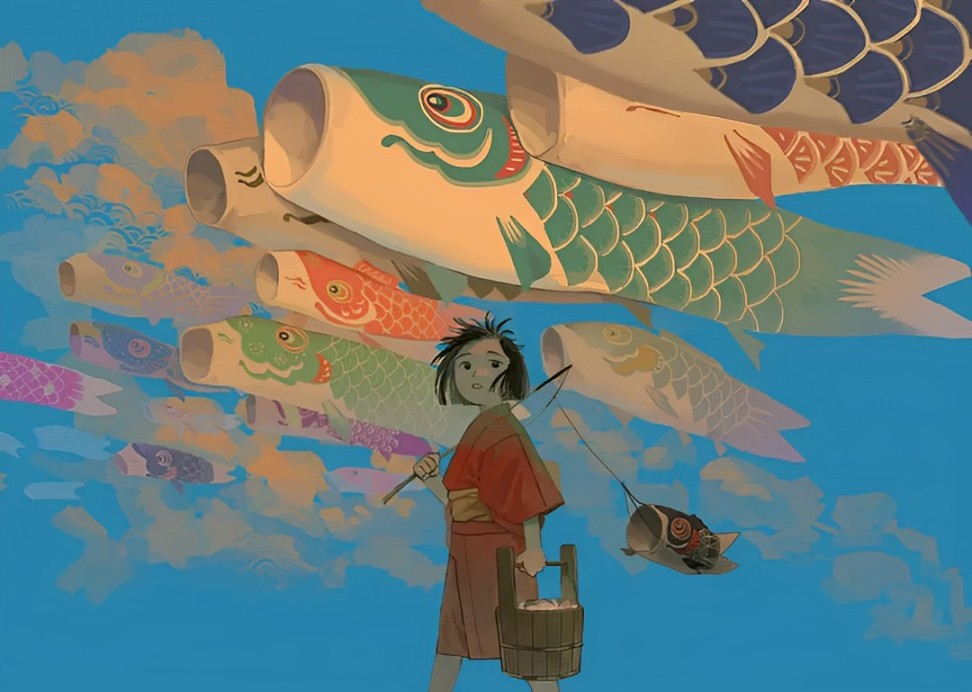
4. Skillful Composition for a More Three-Dimensional Look
You can experiment with using a foreground that partially covers the scene, adding depth to your artwork.
One way to achieve this is by including elements like flowers, plants, trees, or other objects in the foreground.
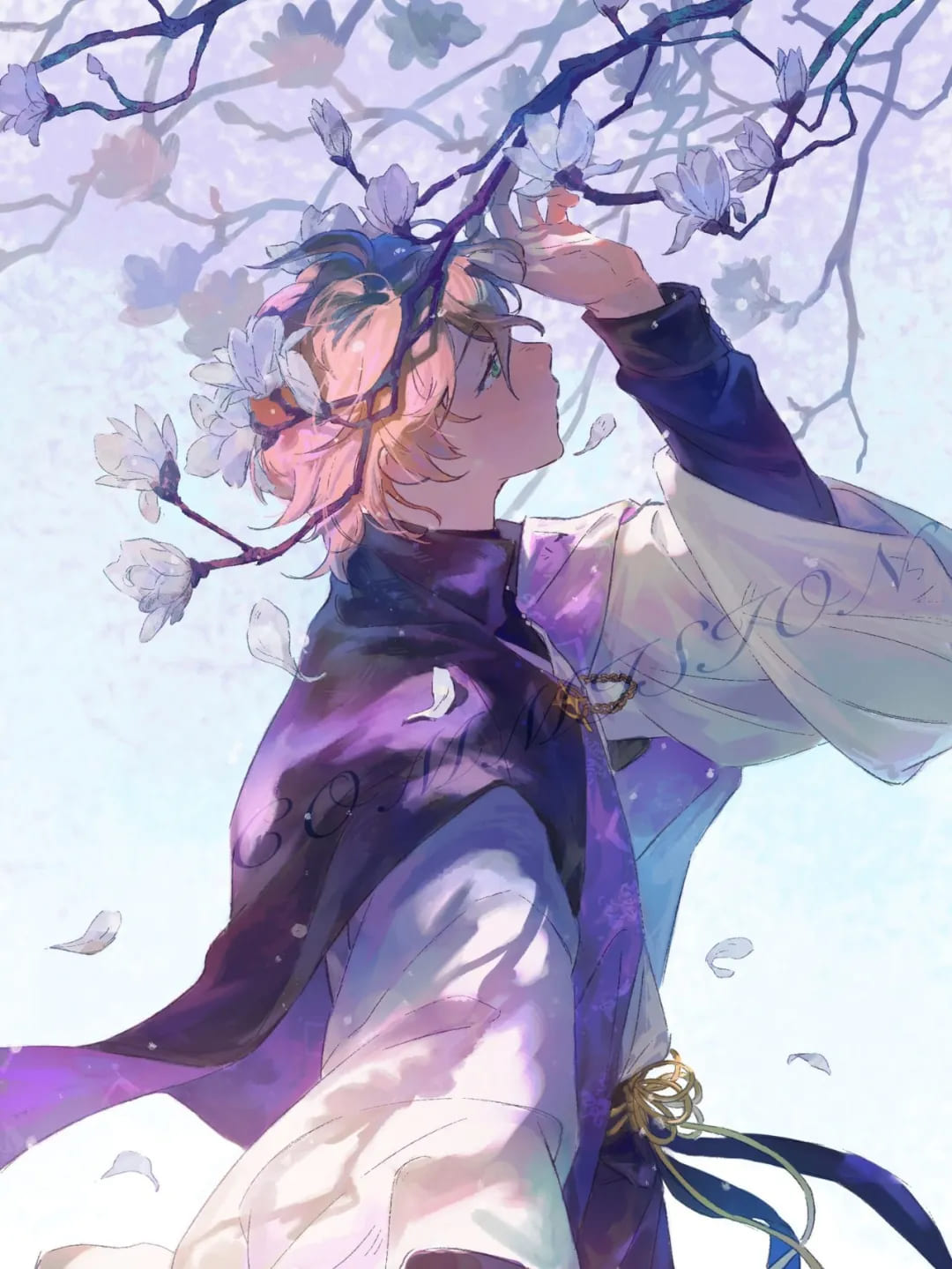
How to Draw a Good Background in Digital Art?
In the previous section, we discussed four simple approaches to creating backgrounds in digital art. These four techniques are particularly suitable for beginners in drawing.
Now, let's step up the difficulty a bit and explore how to enhance the relationship between characters and backgrounds in art to create even better backgrounds.
1. Role and Placement of Background Characters
First and foremost, determining the role of the background characters is crucial. Backgrounds can set the mood, guide the viewer's eye, convey the emotions of the scene, and even enhance the storytelling.
Remember, backgrounds are not mere fillers on the canvas. They should be connected to the characters, not exist in isolation.
For instance, if you're depicting a character living in an icy world, the background might feature a cold-toned forest in a blizzard. Adding mist and swirling snow in the background can immerse the character in the scene.
If you're illustrating a shaman witch, the background could include a full moon, crows, and a hint of blood-red mist, creating a slightly eerie and mysterious ambiance.

2. Simple Doesn't Mean Boring
Many beginner artists mistakenly believe that backgrounds need to be complex and filled with details to make the artwork look complete.
In reality, sometimes a simpler scene can effectively guide the viewer's gaze.
The complexity of the background depends on the needs of the characters and the artwork. Minimalist backgrounds like solid color gradients, blurred shapes, or geometric patterns can direct the viewer's focus onto the characters without making the scene appear overly plain.
So, if your characters are dynamic and captivating, a simple atmospheric background can actually enhance the overall effect.
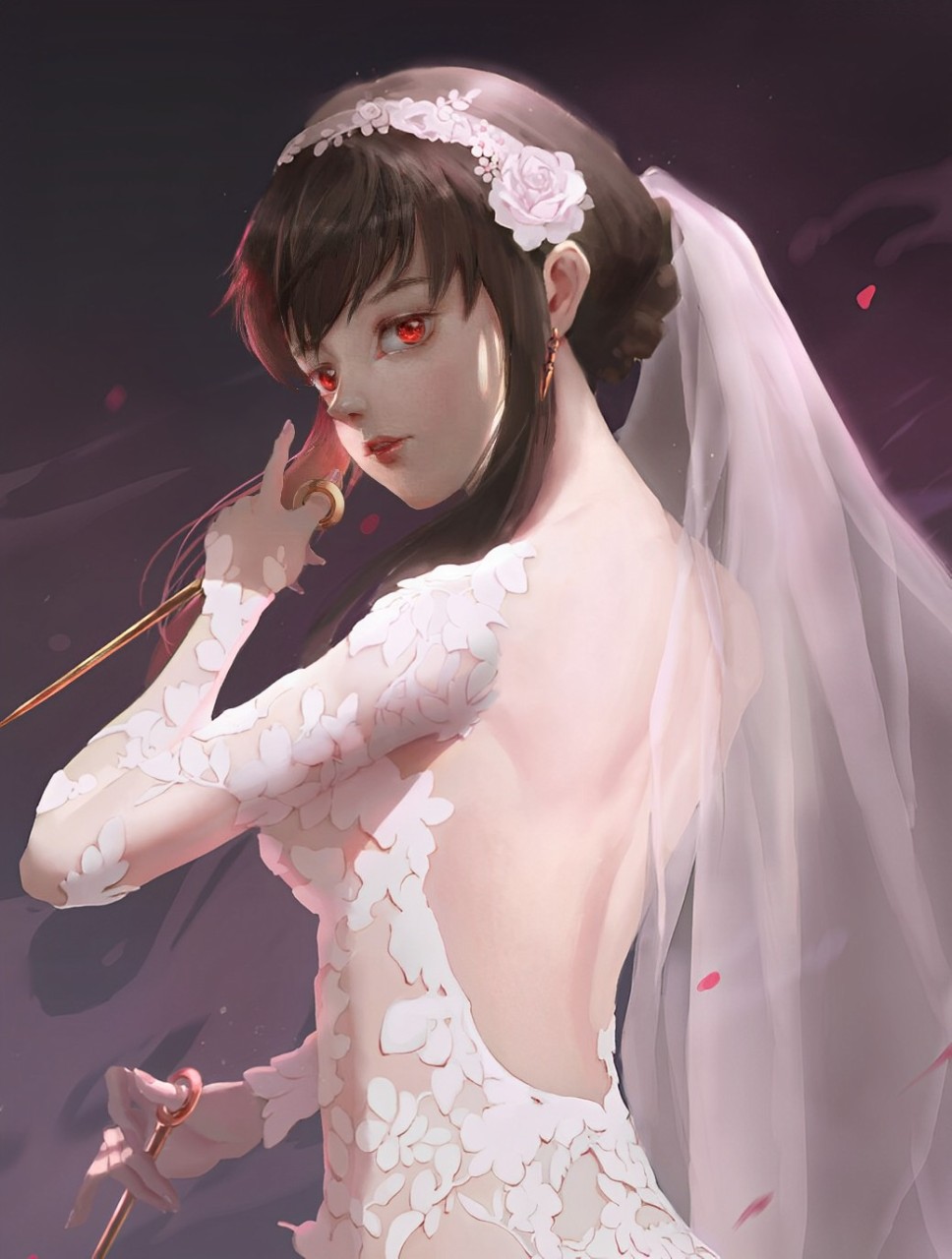
Especially in digital art, leveraging the features of drawing software to blur or reduce the details in the background is a highly effective technique.
For instance, you can use "Gaussian blur" to soften the background, helping to emphasize the characters in the foreground. You can also enhance the depth of the scene by adding simple lighting changes or gradient tones.
In digital painting, adjusting brush size, colors, properties, applying filters, rotating the canvas, and other operations may seem simple, but when you're actually painting, you'll find that these tasks can be quite repetitive and tedious.
Imagine if you could adjust everything you need in digital painting with a portable controller, just like playing a video game with a game controller. This undoubtedly could greatly enhance your creative experience.

That's where TourBox comes in. Check out our digital painting page to learn about how TourBox can work wonders in digital art creation.
3. Choose the Right Color Scheme
Color selection is a crucial aspect of background art.
The colors in the background should not only harmonize with the characters' clothing and skin tones but also match the overall emotion and atmosphere of the scene.
Abrupt color choices can disrupt the harmony of the entire composition and distract the viewers. Conversely, well-balanced color contrasts and harmonious palettes can effectively highlight the characters and even enhance the visual impact of the artwork.
For example, a cool color palette in the background can convey a solemn atmosphere during wartime. Introducing warm tones of burning or explosions in a corner of the scene can prevent the image from feeling too heavy.
Furthermore, adjusting the background colors according to changes in lighting can create a more cohesive and natural overall composition.
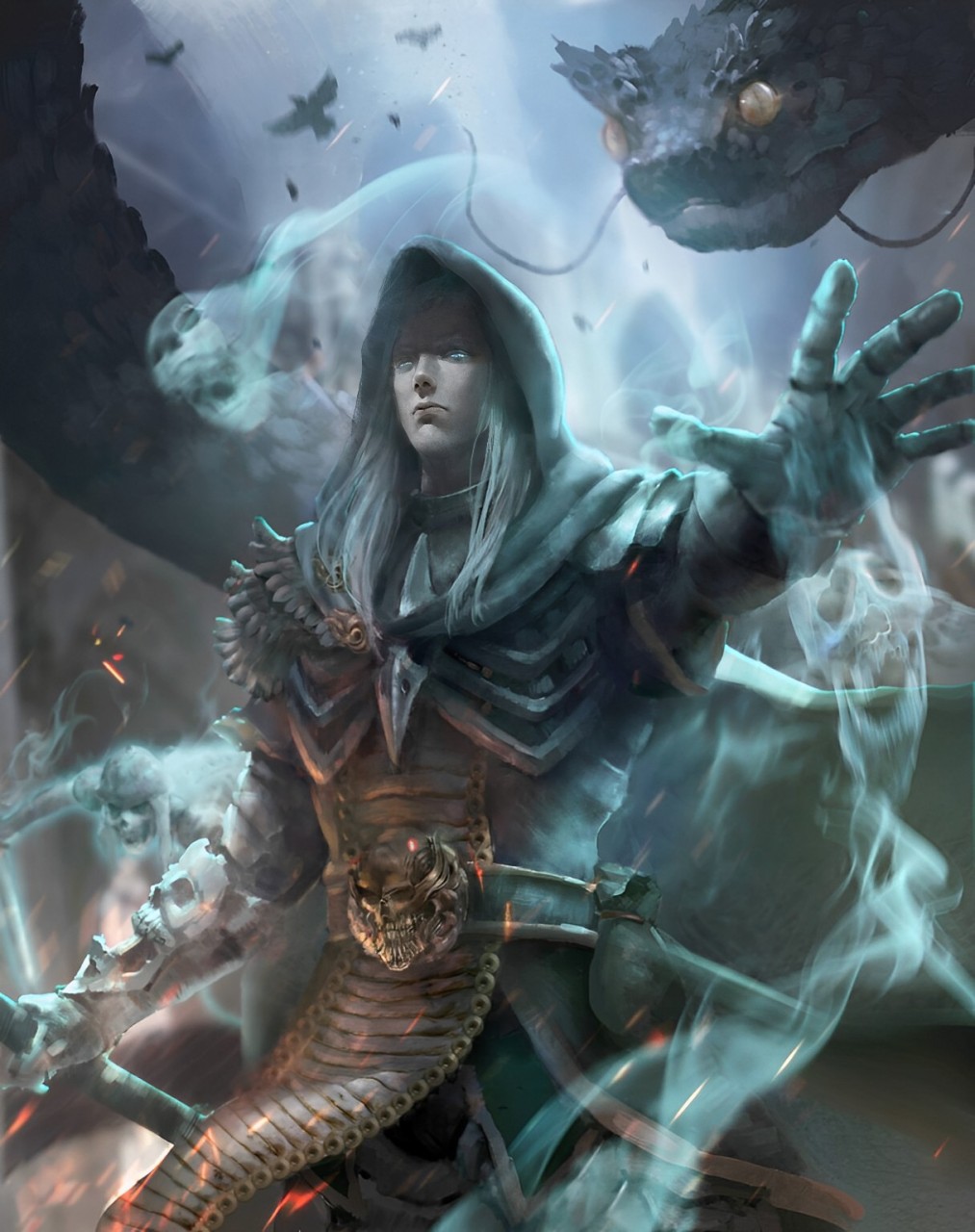
4. Create a Sense of Space
An advanced background painting evokes a sense of depth and space for the viewers.
You can achieve this by using various techniques to differentiate between the foreground, midground, and background, creating a sense of space on a two-dimensional plane.
This approach not only makes the background more engaging but also emphasizes the importance of the characters in the scene.
Of course, creating a background with a sense of space is not easy and requires continuous practice.
Specifically, you can create this sense of space by adjusting color contrasts, clarity, and details.
For instance, objects farther in the background should appear blurrier with lower contrast. Objects closer to the foreground should be clearer and more vibrant in color.
This technique naturally directs the viewers' focus towards the characters while making the entire scene appear more dynamic.

5. Study Masterpieces
When you're unsure about how to tackle a background, turning to the works of masters can be a great ally. Whether it's photographs, movie scenes, or other illustrations, they can serve as a wellspring of inspiration for you.
By observing the works of others, you can learn how to effectively manage the relationship between backgrounds and characters, picking up on their use of colors, handling of light and shadow, and composition techniques.
Of course, references should be used for learning and inspiration, not for direct copy. You should adapt the techniques from your references to suit your creative needs, blending them with your own style and ideas.
For example, have you heard of the granddaddy of illustration, the Czech national treasure painter Alfons Maria Mucha?
His artistic style has influenced many modern digital artists and creators. For instance, you can see traces of Mucha's work in the costumes and actions of the popular Japanese anime "Sailor Moon" and the card designs in "Cardcaptor Sakura."
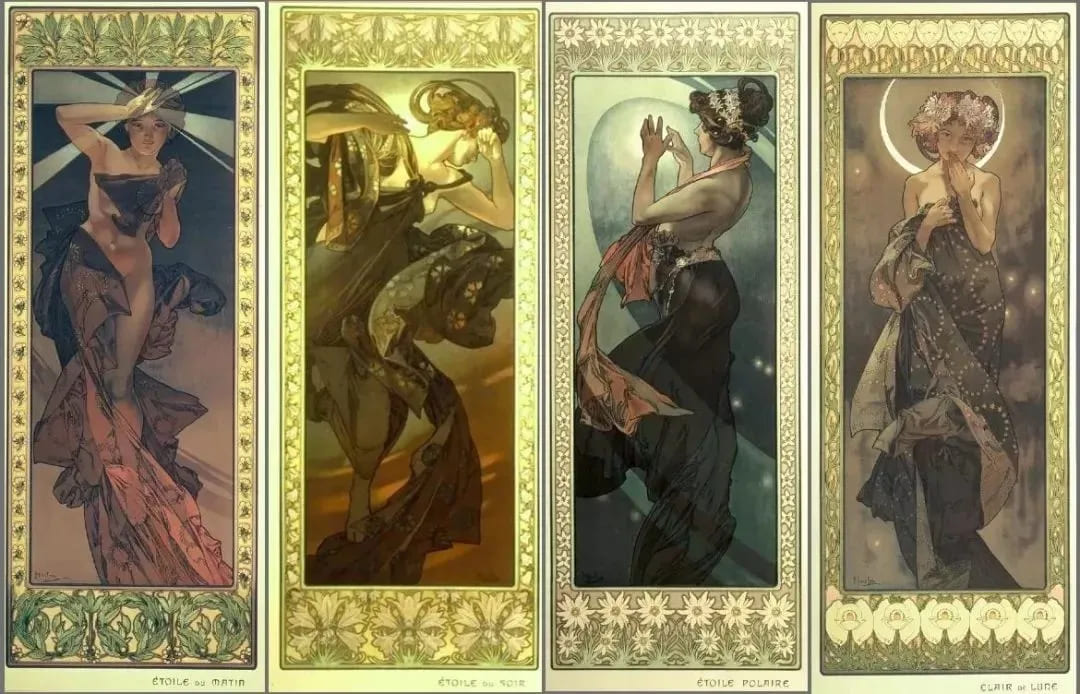
Experiment with Different Background Styles
Even though we've shared many ideas and techniques on how to paint backgrounds, there isn't a fixed formula for creating them.
Different styles and techniques can lead to entirely different effects. So, when you're working on a background, don't hesitate to boldly experiment with various styles, ranging from realistic scenes to abstract designs, or even a fusion of the two.
Not only will this help you discover the most suitable background style, but it will also enrich your creative perspective.
For example, you can try integrating geometric shapes or patterns into the background to add a sense of design to your artwork. Alternatively, using brushes with rich textures can help you create unique texture effects that enhance the depth of the background.
Conclusion
Whether it's simple color design or intricate scene depiction, the background will influence the overall effect and atmosphere of your artwork.
To nail a background, you need not only artistic skills but also a clear understanding and plan for the entire composition.
By using thoughtful composition, appropriate color schemes, and clever layering, you can create a perfect background that enhances the characters without stealing the spotlight.
Whether you're a beginner or an experienced digital artist, painting backgrounds is a process that requires continuous practice and exploration.

We hope this article can provide you with some useful tips to help you create better digital artwork.